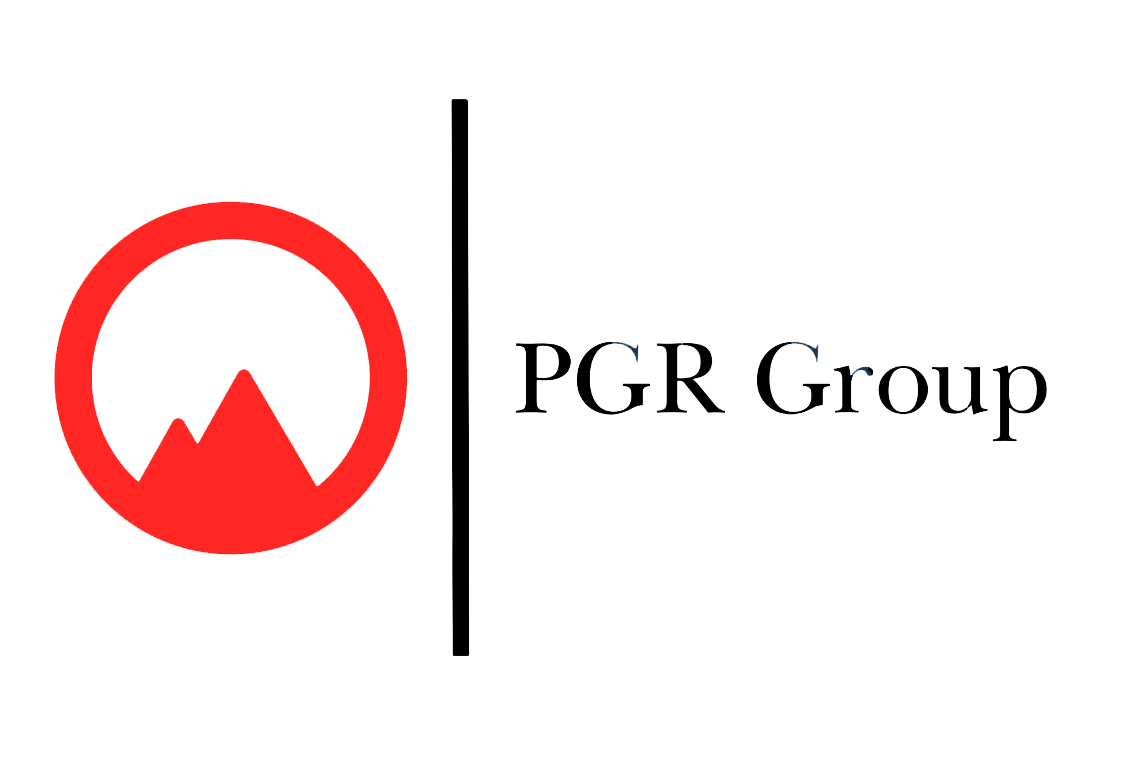Tempe’s Real Estate Bubble: How Overbuilding and High Interest Rates Are Wreaking Havoc on Multifamily Investments
Tempe's multifamily market is at a breaking point. Despite a rebound in renter demand, the city's relentless construction boom is wreaking havoc on property performance. Over the past three years, developers have added a staggering 4,900 new apartment units, while only 2,200 have been absorbed. This severe supply-demand imbalance has driven vacancy rates to a shocking 10.3%—a level not seen since the depths of the Great Recession. And here’s the kicker: the problem isn’t going away anytime soon. This oversupply is expected to keep vacancy rates painfully high in the near term.
But let’s not write off Tempe just yet. The city still has powerful long-term demand drivers, thanks to Arizona State University’s growing enrollment and the booming tech and finance sectors. Tempe is emerging as a nationally recognized submarket, attracting top talent with its lakeside views, urban mixed-use developments, and, believe it or not, its relative affordability compared to expensive neighbors like Old Town Scottsdale. However, this so-called "affordability" isn't enough to soak up the flood of new apartments pouring into the market.
Interest rates are another wrench in the gears. High rates have slammed the brakes on sales volume. In the past year, only $345 million worth of Tempe apartments changed hands—a dramatic drop from the recent three-year average of $1.3 billion. With property performance declining and interest rates climbing, the gap between buyer and seller pricing expectations is widening. As a result, cap rates are inching up, and average prices per unit are softening.
Even though demand is on the rise—Tempe saw 1,900 units of net absorption in the past year, well above the pre-COVID five-year average—it’s not enough to offset the tidal wave of new apartments. Vacancy rates have soared from 4.8% in Q1 2021 to a jaw-dropping 10.3% today , with no relief in sight as more inventory comes online. The bulk of these new units are luxury apartments, where vacancies are now in the double digits. Meanwhile, more affordable properties are struggling too, though to a slightly lesser extent, with vacancies at around 8.1%.
Tempe’s long-term outlook isn’t all doom and gloom. The area has a lot going for it—ASU’s massive student population, major employers like State Farm and Amazon, and a steady influx of young professionals. But here’s the reality check: rent growth has plummeted over the past two years. Asking rents have dropped by 1.7% in the past year alone, a stark contrast to the nearly 20% growth seen just two years ago.
Luxury properties are feeling the squeeze the most. The average market rent for top-tier units built since 2018 is about $2,100/month, forcing developers to slash prices and offer concessions just to fill vacancies. For example, The Alyssa is asking over $2,600/month for a two-bedroom, but they’re practically giving away eight weeks of free rent. Vero, another luxury complex, is in the same boat, offering steep discounts to attract tenants.
Compared to Old Town Scottsdale, Tempe does offer a relative bargain. But even that’s not enough to counter the challenges posed by relentless development. Builders are on track to add another 2,600 units to the submarket’s inventory, expanding it by 5.7%—an astronomical figure given the submarket’s historical levels. Most of this new construction is concentrated near Tempe Town Lake , a prime area due to its proximity to ASU and South Scottsdale.
And then there’s the Pier 202 project—two 24-story residential towers with 586 units, part of a larger $1.8 billion mixed-use development. Nearby, the Northbend luxury apartments just delivered 310 units this summer, with another 341 on the way. All this in a market already gasping for air.
The investment landscape is equally bleak. Take Weidner Apartment Homes’ recent acquisition of Skywater at Town Lake for $112 million—down 30% from its 2022 peak. It’s a sobering reminder of the financial pain for those who bought at the top of the market with variable-rate debt. The story is the same for other big deals, like Evergreen Development’s sale of Parc Broadway for $100.25 million. These properties, now rebranded and battling for tenants, are the face of a market in distress.
Tempe’s multifamily market is a classic case of what happens when unchecked development meets harsh economic realities. The fundamentals may be strong, but they’re no match for the overwhelming supply that’s reshaped this once-thriving submarket. As the dust settles, both developers and investors will have to navigate a dramatically altered landscape.
As Tempe’s real estate market faces unprecedented challenges, it’s more important than ever to stay informed and make strategic decisions. Don’t let overbuilding and economic shifts catch you off guard.
Get expert insights and personalized advice:
-
Contact ACARA for tailored investment strategies that align with current market realities.
-
Join PGR Group to collaborate with top professionals navigating the multifamily market.
-
Connect with EXP Commercial to explore opportunities and mitigate risks in your real estate portfolio.
Stay ahead of the curve—take action now to safeguard your investments in these uncertain times.
Add your title here
This is a paragraph. Make sure the title suits the content of this text.
Add your title here
This is a paragraph. Writing in paragraphs lets visitors find what they are looking for quickly and easily. Make sure the title suits the content of this text.
This is a short title
Describe some quality or feature of the company. Write a short paragraph about it and choose an appropriate icon.
This is a short title
Describe some quality or feature of the company. Write a short paragraph about it and choose an appropriate icon.
This is a short title
Describe some quality or feature of the company. Write a short paragraph about it and choose an appropriate icon.




